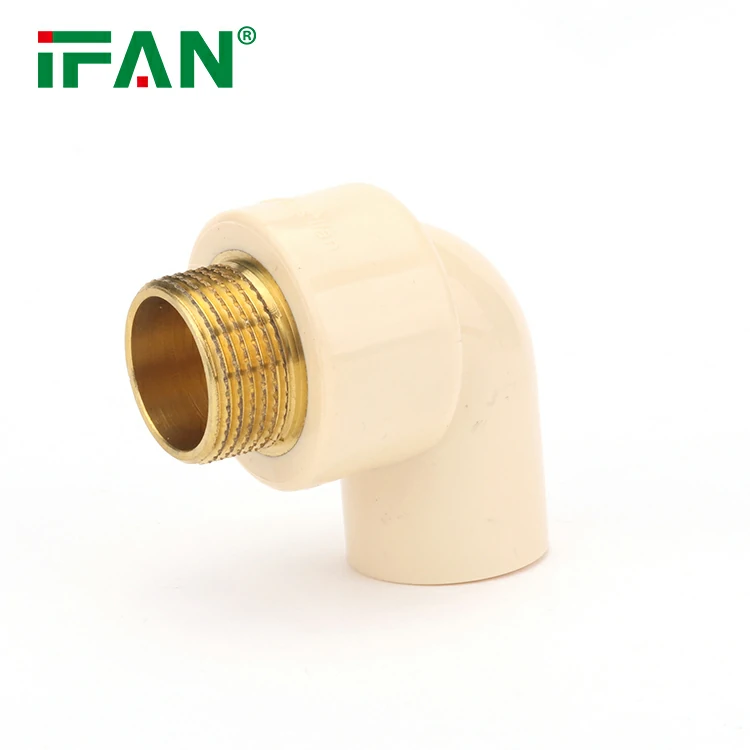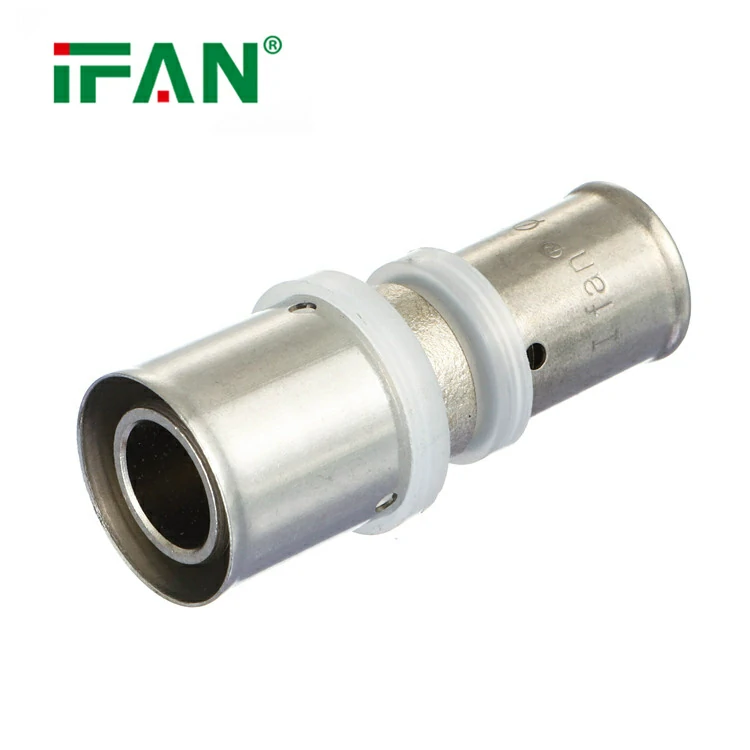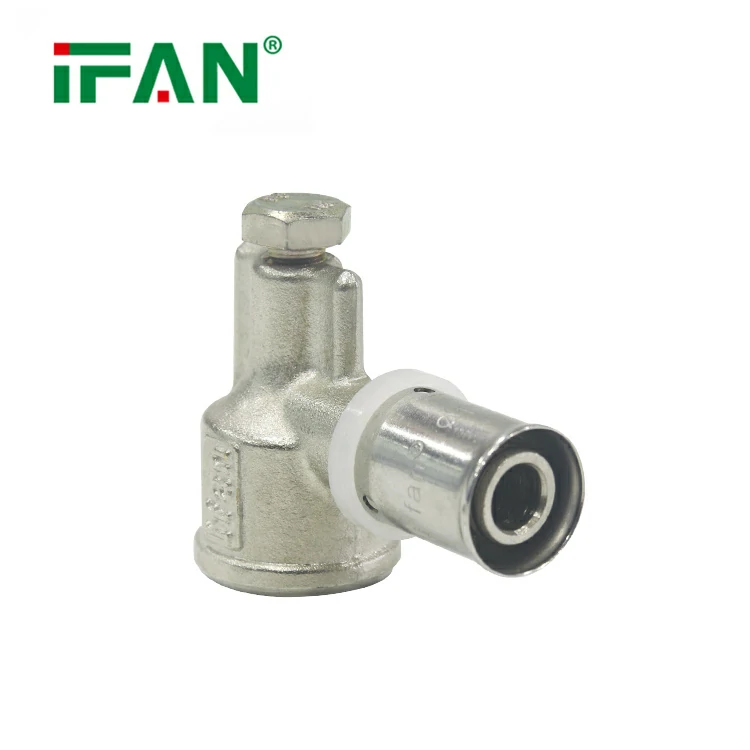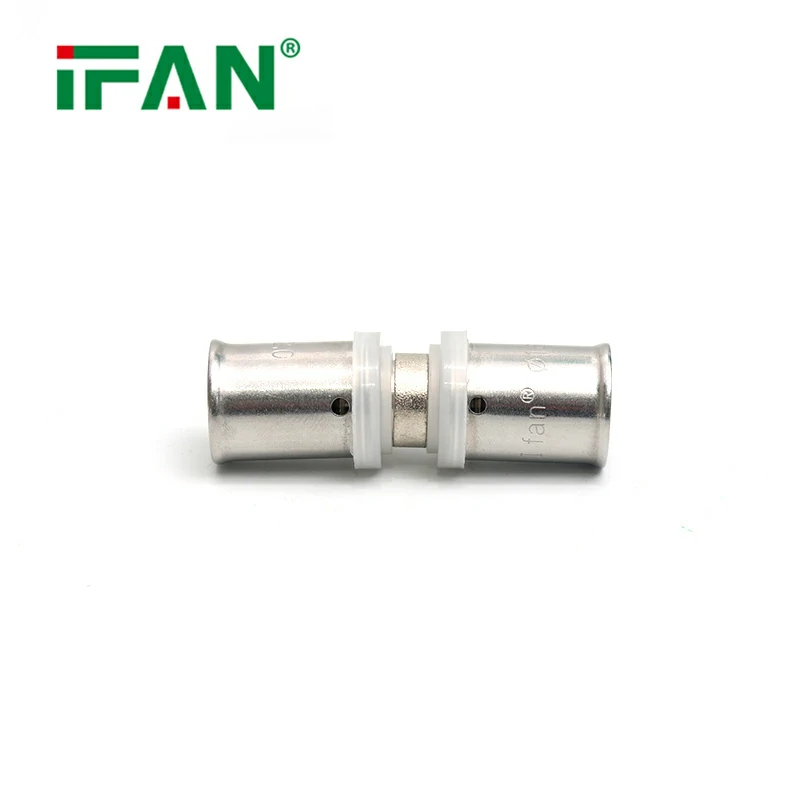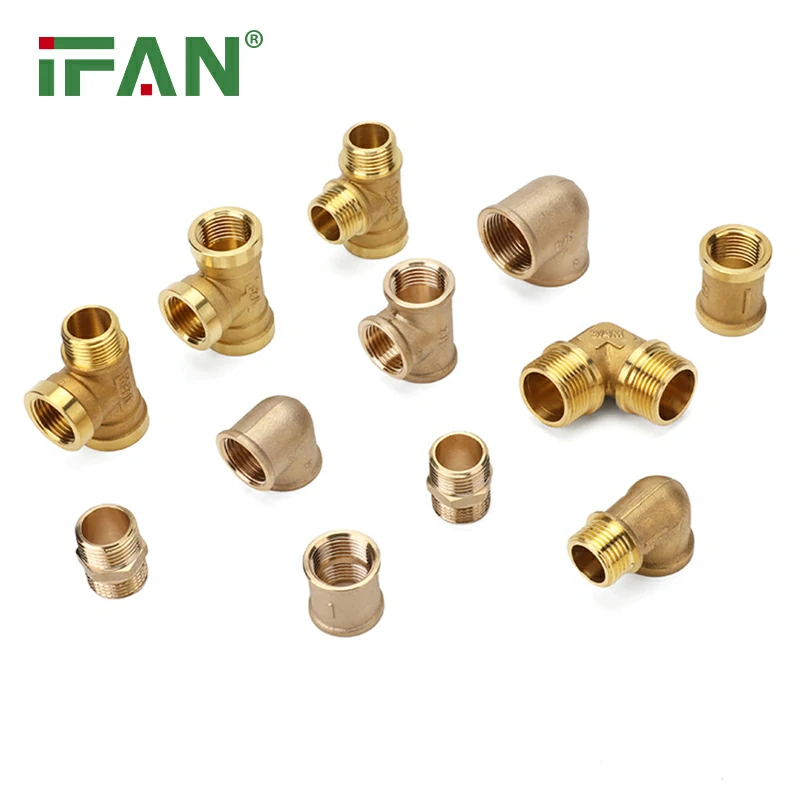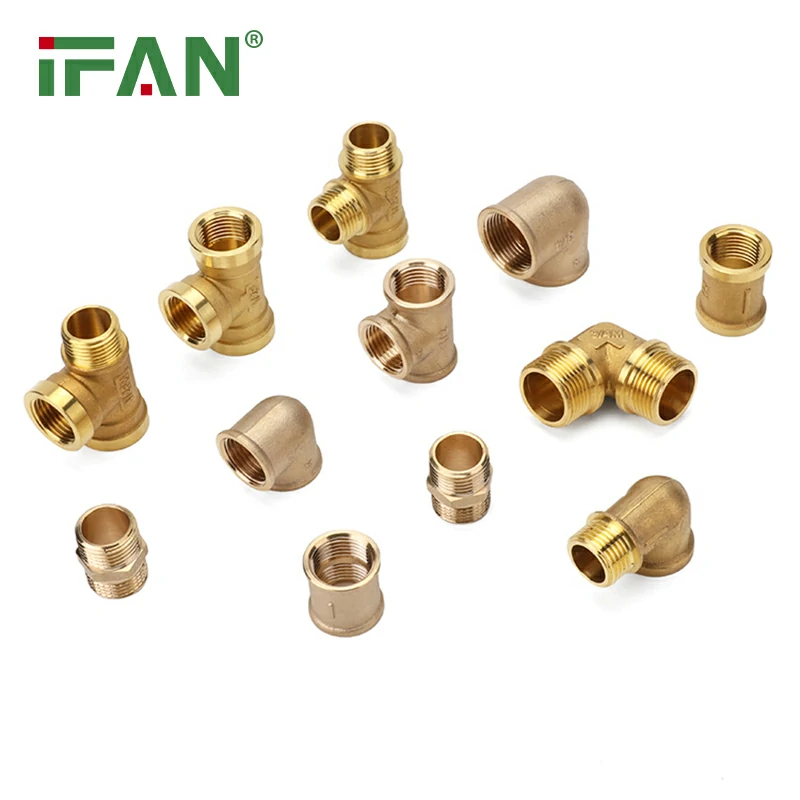Title: Advantages of Using CPVC Pipe Fittings as a Sustainable and Eco-Friendly Choice
Introduction
CPVC (Chlorinated Polyvinyl Chloride) pipe fittings have become a popular choice for plumbing and industrial applications due to their durability, flexibility, and cost-effectiveness. But, not many are aware of the fact that CPVC pipe fittings are also a sustainable and eco-friendly choice. In this article, we will discuss the advantages of using CPVC pipe fittings in detail.
- Energy-efficient production
CPVC pipe fittings require less energy to produce and have a lower carbon footprint compared to other pipe materials like copper or steel. The production process uses less water and chemicals, ensuring minimal environmental impact. - High durability
CPVC pipe fittings are highly resistant to corrosion, rust, and scaling, making them a durable choice for long-term use. They require minimal maintenance and replacements, reducing waste and resource consumption. - Easy installation
The installation process of CPVC pipe fittings is simple, reducing labor and material costs. Unlike metal piping, CPVC pipe fittings do not require welding or soldering, eliminating the need for additional equipment and energy consumption. - Safe for drinking water
CPVC pipe fittings are approved for use in drinking water applications, ensuring the safety and health of consumers. They do not contain harmful chemicals like lead or cadmium and are resistant to bacteria and mold growth. - Recyclable
CPVC pipe fittings are recyclable and can be transformed into other products at the end of their lifespan. This reduces waste and promotes a circular economy, supporting sustainability efforts.
Conclusion
CPVC pipe fittings offer several advantages over traditional piping materials, making them a sustainable and eco-friendly choice for plumbing and industrial applications. Their energy-efficient production process, high durability, easy installation, safety for drinking water, and recyclability are some of the key benefits that contribute to a sustainable future.
